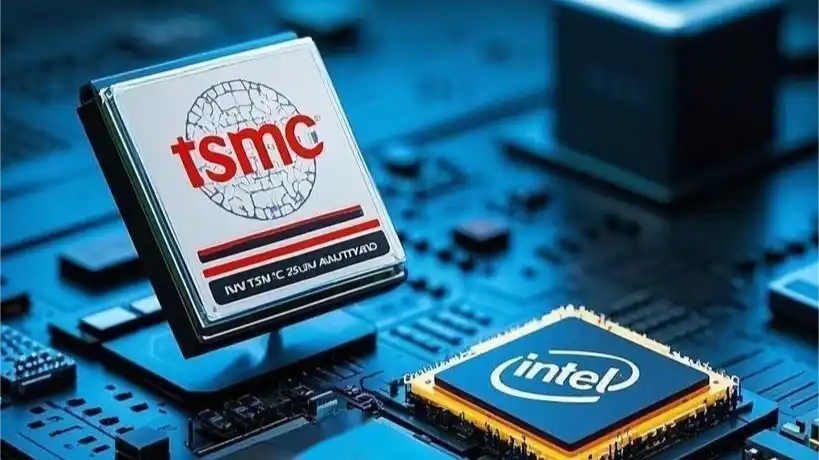The world’s leading chip manufacturer, TSMC, has unveiled its ambitious roadmap for the future, detailing the next generation of semiconductor technology that will power everything from smartphones to AI data centers. The company has officially confirmed its plans for mass production of 2nm and the new A16 process nodes, signaling a relentless pace of innovation that will continue to push the boundaries of computing performance and efficiency.
Table of Contents
Move to 2nm and Nanosheet Transistors
TSMC is on track to begin mass production of its highly anticipated 2-nanometer (2nm) process technology in 2025. This new node represents a major architectural shift, as it will be the company’s first to use gate-all-around (GAA) nanosheet transistors. This advanced transistor design allows for better electrostatic control, which translates to higher performance at the same power level or lower power consumption at the same speed compared to the current FinFET technology. This innovation is crucial for creating more powerful and efficient chips for the next generation of devices.
The New A16 Node for 2026
Looking even further ahead, TSMC also announced its brand new A16 process node, which is slated for production in 2026. This node will introduce another groundbreaking technology: backside power delivery. By moving the power delivery network to the back of the wafer, it frees up space on the front for signal wiring, which improves performance and power efficiency even further. The A16 node is specifically designed to meet the extreme demands of high-performance computing (HPC) and artificial intelligence workloads.
🤖 The Impact on Artificial Intelligence and High-Performance Computing
These new process technologies are essential for the future of AI. The massive computational power required by large language models and other AI applications is driving insatiable demand for more powerful and efficient chips. TSMC’s 2nm and A16 nodes will enable companies like Nvidia, AMD, and Apple to create next-generation GPUs and AI accelerators that are significantly faster and more energy-efficient than what is possible today. This technological advancement is the fundamental engine that will power the ongoing AI revolution.
More Topics
- What to Expect from the iPhone 16 Pro: The Biggest Rumors
- The Battle for the AI PC: Intel’s Lunar Lake vs. AMD’s Strix Point
- What We Know About the Rumored PS5 Pro
- How Intel’s Lunar Lake Chips Are Taking Aim at Apple’s M4
- What is OpenAI’s New GPT-4o and Why is it a Game-Changer?
- How to Connect to a Remote Server with SSH in Ubuntu
- How to Use Snap Packages in Ubuntu: A Simple Guide

